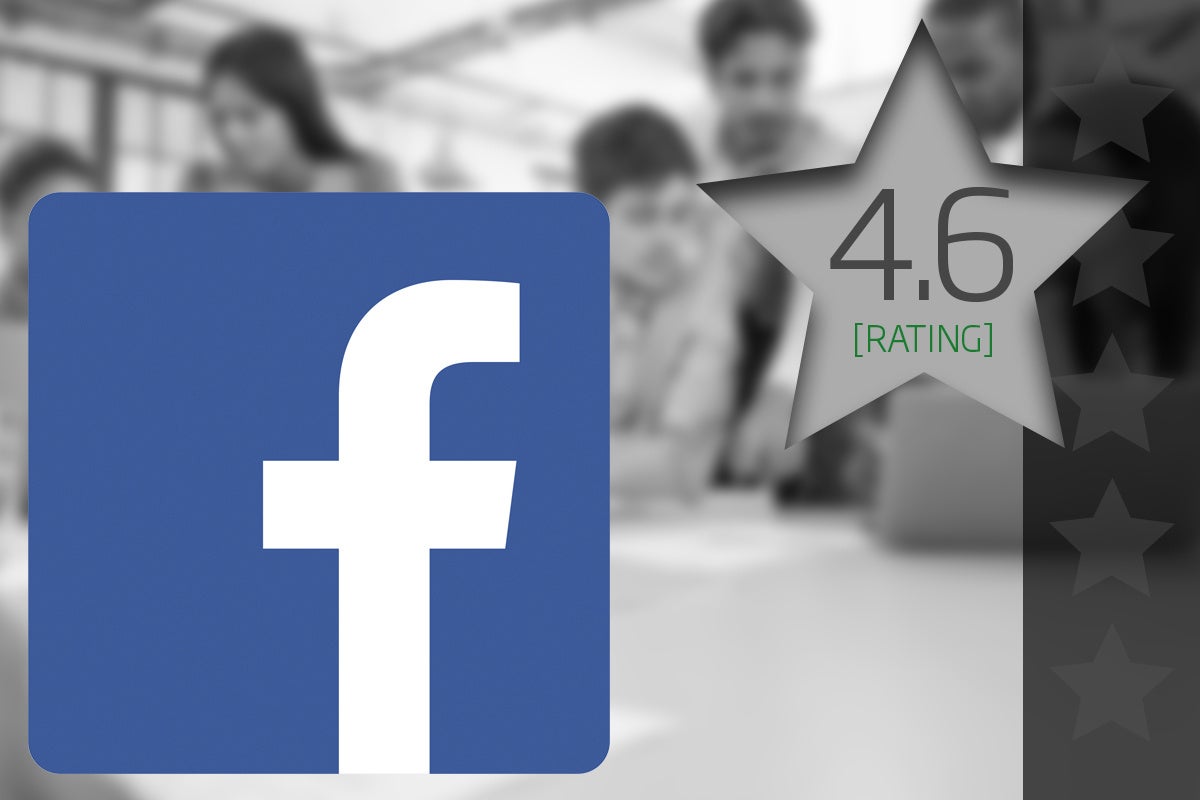Essential Facebook security tips for iPhone users

Credit to Author: Jonny Evans| Date: Tue, 13 Mar 2018 05:05:00 -0700
The world of grey IT means both enterprise and consumer users frequently use popular social networking service Facebook on their devices. It makes sense, then, to stay safe while using it.
First things first: Always use a complex passcode with your account and do make sure to set up two-factor authentication.
Now that you’ve done that, you’ll find Facebook’s own privacy settings live inside Privacy Shortcuts in the iOS app. Get to these by tapping the three-line icon at bottom right of the Facebook app and scrolling down to Privacy Shortcuts. The first thing you should do is run Privacy check-up (at the top of the page). Facebook will guide you through your existing settings, change them for maximum privacy, and delete any Facebook apps you’ve forgotten about or no longer use.
Once you’ve completed that process, here are the settings you should change:
Want to know what strangers can find out about you when they visit your page? You’ll need to access Facebook using a computer and tap the … just beside View Activity Log on your profile page. Tap View As from the list that appears, and you can take a look at how the world sees you.
Choose Friends.
You can change the security settings of all your older posts from Privacy Shortcuts. Just scroll down the page, and tap More settings. You’ll come to a long page of choices — tap Privacy. Look for the Limit who can see past posts item, tap this, and then choose Limit Past Posts. All your previous posts will then only be available to friends.
Do you want everyone to find you? Probably not. Tap the three-line icon at the bottom right, open Privacy Shortcuts and then choose More Settings to adjust the following:
It’s really important to open Privacy Shortcuts>More Settings>Security and login to check that Get alerts about unrecognized logins is set to On. If someone pretending to be you then logs into your account from an unusual location, you’ll receive a warning.
Left to its own devices, Facebook wants to gather location data, read and write images, use your microphone, use your camera, work with Siri, send notifications, use mobile data, and more.
You can review most of these settings in Settings>Facebook. Ask yourself, do you need to have Facebook use your microphone? Do you want to receive notifications from the service? Do you really want to use valuable mobile data? If the answer to any of these is “No,” then switch that feature off. Enterprise users will almost certainly want to disable the microphone and location collection “features” of the app.
Facebook really likes to update its app. That’s why when you tell the app you don’t want it to make those annoying keyboard sounds in its hard-to-find settings section, the app will get right back to making a noise a few days later, after the next update. The thing is that updating the app uses up bandwidth and can hamper performance and eat battery life as the update is installed. You can set the app to be updated manually, so you get to choose when the process takes place:
In the future, you’ll update the app by opening the App Store, and tapping Update as new versions are released.
Facebook really likes to harvest your location data. It uses this to serve up features and to serve up ads (precisely targeted to manipulate you). Facebook says it uses this data to “make some features work, help people find places, and more,” but in general I think I’d rather ask Siir when I need to find things. Here is how to disable Location Services for the app:
NB: You may experience some improvements in battery life once you prevent Facebook from accessing your Location data.
The Facebook app is one of the most popular apps you’ll find on any smartphone, but you really are better off not using it. Why? Two reasons:
Don’t worry — deleting the app doesn’t mean you need to lose Facebook. Read on:
I’m sure most readers know they can access Facebook using their Safari browser, just like they do on their Mac.
Accessing the service using your iPhone’s browser is much more secure and means Facebook doesn’t get to store huge amounts of data on your device — and you can create a bookmark to the service directly on your Home screen. Here’s how it’s done:
NB: You won’t get Facebook notifications any more, but your social network will still be just a tap away.
You can secure Facebook as much as you want, but if you click on links in odd-seeming messages from Friends or accept Friend requests from people you don’t really know, you are asking for problems. Look at this report for an example of how criminals have used Facebook in an attempt to spread spyware, and think what that might do if you happen to bring a compromised device into the next board meeting. Humans are and will always be the weakest link in all security for any app or platform.
More information? You can explore Facebook’s security pages here.
Google+? If you use social media and happen to be a Google+ user, why not join AppleHolic’s Kool Aid Corner community and get involved with the conversation as we pursue the spirit of the New Model Apple?
Got a story? Please drop me a line via Twitter and let me know. I’d like it if you chose to follow me there so I can let you know about new articles I publish and reports I find.